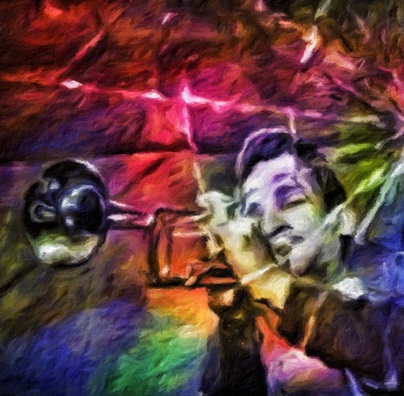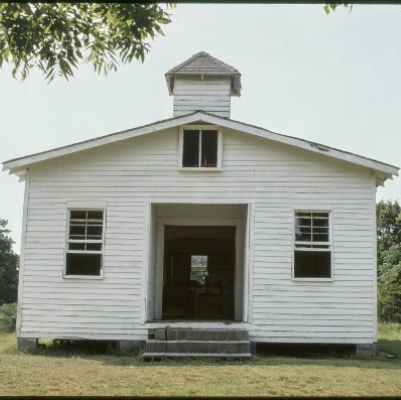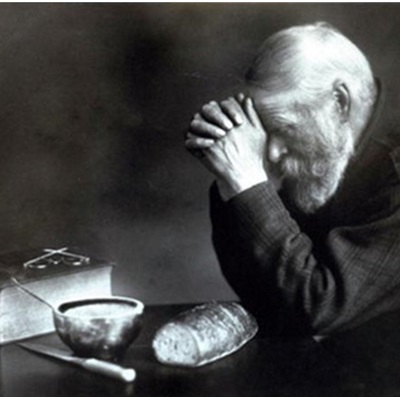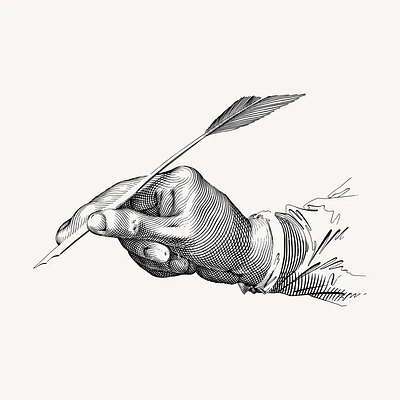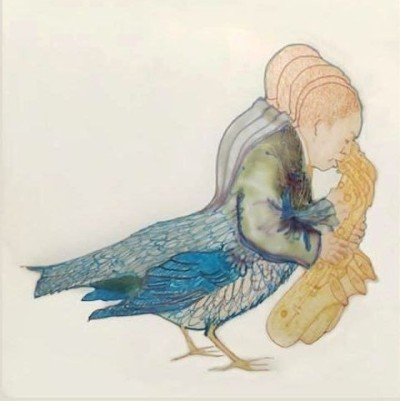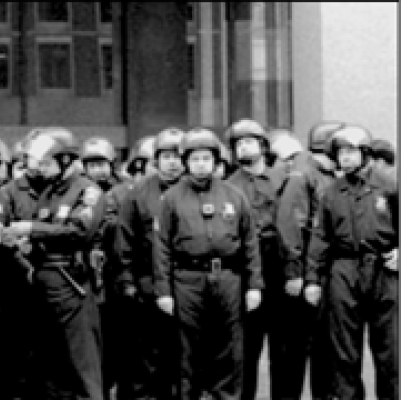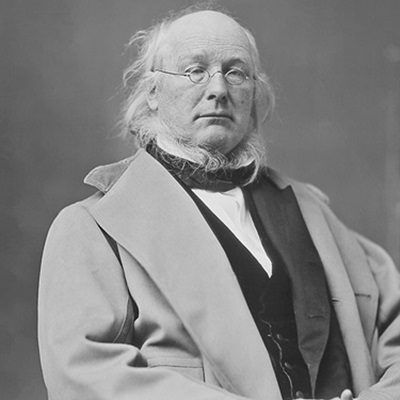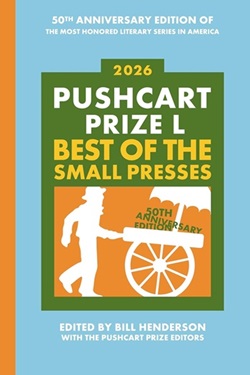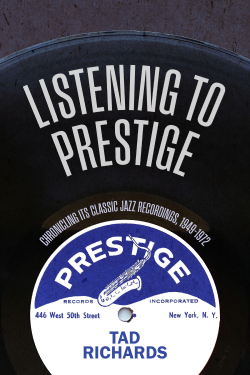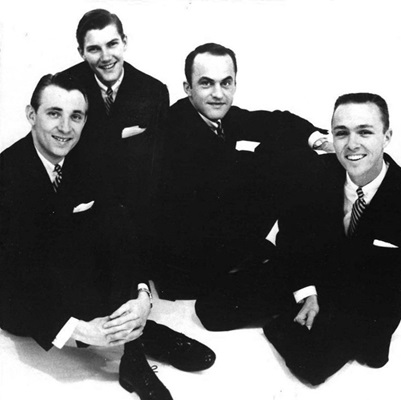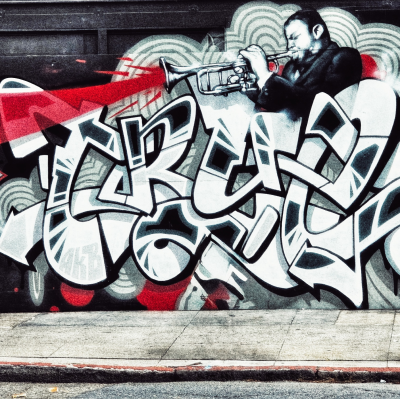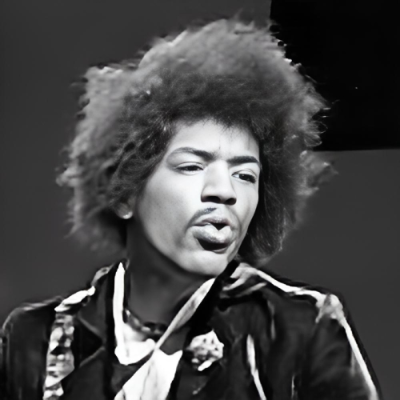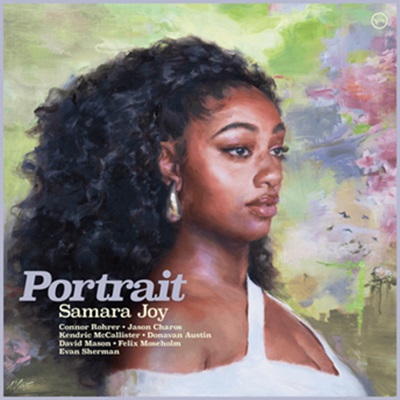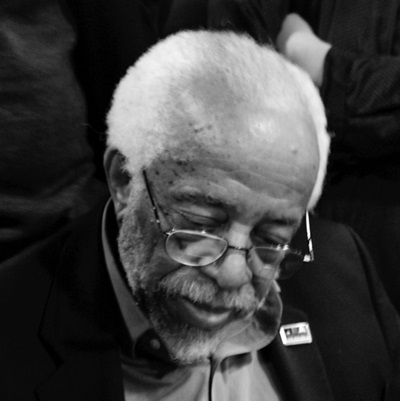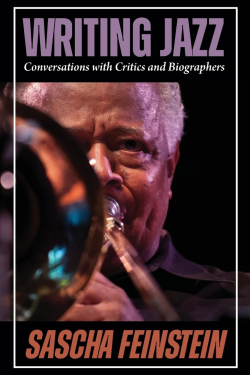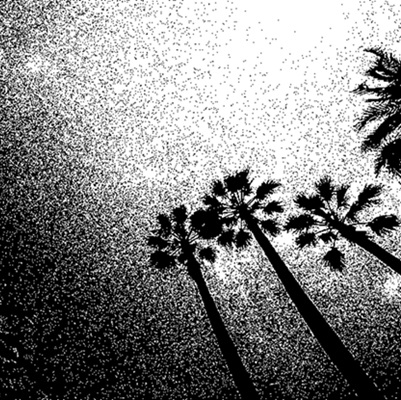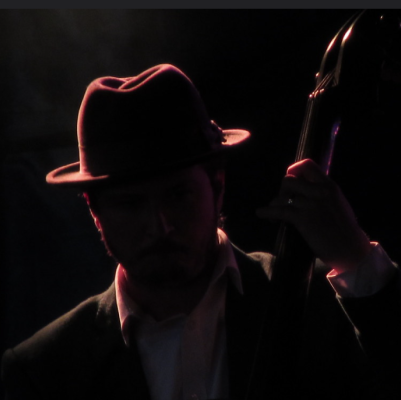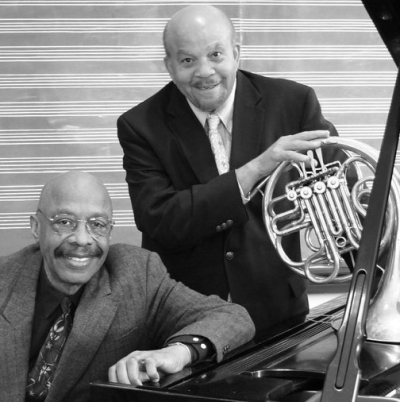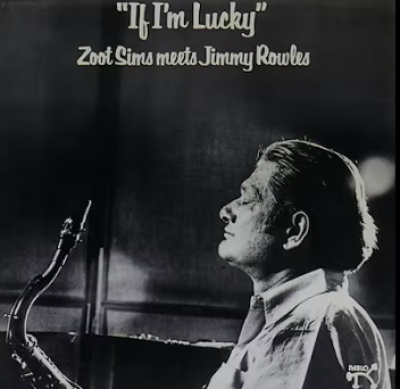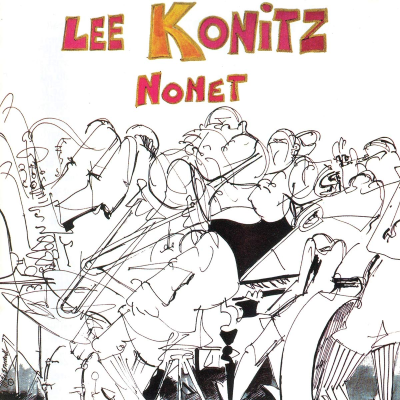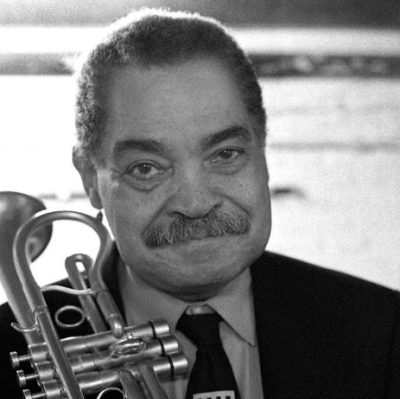.
.
“Krupa,” a short story by Henry Lewis, was a short-listed entry in our recently concluded 62nd Short Fiction Contest, and is published with the consent of the author.
The story is based on a recollection of the author’s mother.
.
.
___
.
.
photo by William Gottlieb/Library of Congress
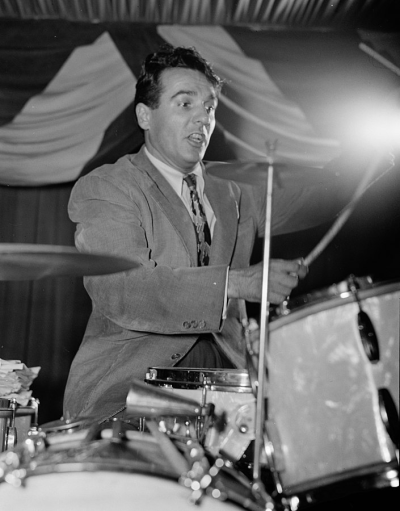
Gene Krupa, 1946
.
___
.
Krupa
by Henry Lewis
…..It was 1943. It was San Francisco and the town was hopping. After Pearl Harbor the United States abandoned their neutral position on the war, declaring war on Japan in December ’41 and mobilizing in the Pacific. Then the Nazi’s declared war on us and we were drawn into Europe, as well. It was hell everywhere. But San Francisco was teeming. It was the center of the universe.
…..We all entered the dark movie theatre and the place filled quickly. There was the low murmur of voices as people shuffled in finding their place among the red velvety upholstered seats. Then the dark interior went even darker as the entry doors swung shut at last and aisle lights dimmed to nothing. It was utter darkness. And we sat there with a couple of theatre attendants in pillbox caps and gold-braided jackets with small flashlights as people settled in, but they meant little in the blackness of the place. For all we knew, they were star-gazers like we were, hoping for a brief reprieve from the harsh realities of wartime.
…..We all sat there in the dead quiet, in the absolute darkness expecting and hoping for something good to happen. We didn’t know what exactly. Maybe some famous Hollywood actor or a singing group like the Andrews Sisters giving us big band tunes to calm our nerves. That would be the ticket. We were not sure what to expect. We had never been to a bond rally before. But we had heard that entertainers often showed up and gave a performance to help in the war effort. Yet it seemed like we were waiting forever in the dark. Though it was probably only three minutes, or maybe five. I don’t know.
…..We sat there in the black empty stillness full of expectant wonder. We all needed something to change the atmosphere of life itself. We needed a spark of hope. Star-gazing, that’s what we were looking for. So, movie stars and singers would be great. They would give us a lift and change the mood.
…..But more than anything else, we were waiting for time to stand still. We needed it to stop, to stand still for just a little while. I mean, things were so terrible and dark all over the world. Europe was falling apart in chaos and the Pacific was nothing but one battlefield after another, and things were not looking good. We needed a break from the news of it all. And here we sat with all our hopes all tied up in a dark theatre waiting for some kind of miracle. You had to do that from time to time. Wait for a miracle. That’s just the way it was.
…..We had entered the war 1941 and boys were shipping out all the time to the Pacific or European theatres. There had even been action in North Africa, not to mention Yugoslavia and Italy, and, of course, the Battle of Midway. Doolittle’s raiders were bombing Japan and the Germans were pushing against Leningrad. There was horrible news that never stopped, and we didn’t know how to take it all. This was a rally to build support for the war and it came with a show. And, of course, we wanted to do our part. So, we bought our war bonds and took our seats in the dark.
…..And then it came. The tap tapping.
…..The tap tapping of a rhythm. In the black atmosphere of the theatre came a steady rhythm on a drum head. And it never stopped. It just continued. The rhythm hung there in the darkness of it all and carried us along, our hearts beating as one. And then another drum head. A tom-tom, I think. And then an overlaid rhythm and the syncopation of a snare, and a stick dragging lightly across a drum head, and then a touch of the cymbals tossed up in the mix. And the speed of the play of rhythms was ever increasing steadily until it reached an almost a fever pitch when suddenly the spotlights shot up onto center stage and the raised platform high above the audience. And there elevated above us all was Gene Krupa. He was there on the drum stool. It was like he was floating. The coolest hepcat of them all. And he was in the groove. That’s all you could say. Lost to all of us there in the theatre, and real gone, I mean, gone gone into his world of beats and pulsing rhythms and pounding crashing cymbals. Moving effortlessly and never ceasing. Everyone knew his familiar face and tousled hair. He was wearing his white shirt stark against the blackness of the theatre, the usual thin dark tie, and sport jacket. And he was smiling big with sweat dripping down his face. He was roaring. His arms flailing so fast they were nothing but blurred arches like angel’s wings or halos flying off to another world. And his whole being moving with all the energy of life itself. Why, you could feel his juice driving and pulsing through the whole place and the crowd spell-bound like they were. Everyone’s eyes wide, and the spotlights held him right there in the center of everything. Because that’s where he was. He was right there at the center of it all. He was spinning and warping all the badness out of the world, driving it clean away with his healing jive. Keeping time with the universe and bringing us all back into sync with the good once again. And just for that space of time, for those brief moments, things began to make sense once again. It was like he was holding the whole theatre in the magic of his rhythmic dreams. He was Krupa.
…..He was as handsome as any movie star hipster. Everybody knew about Gene Krupa. He had been playing drums since he was a kid, joining Thelma Terry’s jazz band in ‘28. Then he hooked up with Benny Goodman’s band in December of ’34, which made him an honest-to-god celebrity and a musical presence you would never forget. Why, everyone knew he could swing and it was killer. Like his unstoppable beats and his tom-toms in “Sing, Sing, Sing,” the first extended drum solos ever recorded commercially. He even played Carnegie Hall with Goodman in January of ’38. But Goodman had trouble with Krupa’s rising star. That’s when he left Goodman to form his own group.
…..I mean, he had the goods. He was the whole package. He had played with so many greats like Tubby Hall, Zutty Singleton, Baby Dodds, Ray Bauduc, Chick Webb, George Wettling, and Dave Tough. Yeah, he had earned his street cred at the hands of the finest jazz players. He was the real deal.
…..In 1941 he and his band appeared in the film Ball of Fire where they performed an extended version of Krupa and Roy Eldridge’s hit “Drum Boogie.” And it was out of this world. It was the undeclared anthem of beat. And, yes, his life was a drama. Some said he was a broken-down drug addict. Yet he looked real fine to me that night. Everybody knew the marijuana charge earlier in the year had been a setup and that he had served nearly ninety days on a false charge. But he was here now and setting us all free, and it felt so good.
…..Gene Krupa was still there atop the raised platform extending his musical karma to those of us so wearied of war. He was so hep to the jive and had been going strong for at least fifteen minutes straight when I heard the strains of the boogie slid in. It was another magical layer to the music. And the Drum Boogie soared out of his being like a volcano that could not be stopped. He just roared on. And we were there taking it all in. Yeah, we were star-gazers getting our fix on this meteor striking red hot across the sky.
…..I have carried that night with me all my life. Krupa playing for all he could. And all of us just taking in the radiance, riding his thundering beats and his healing rhythms. Gene Krupa. Yeah, he was the groove. One cool cat.
…..It was all totally another world. You had to say that. It was the ultimate cool.
.
.
___
.
.

.
.
Watch Gene Krupa and his Orchestra perform “Drum Boogie,” from the 1941 film Ball of Fire (that’s Barbara Stanwyck out front of the band…Martha Tilton was the actual vocalist)
.
.
___
.
.
Click here to read “Mr. P.C.,” Jacob Schrodt’s winning story in the 62nd Jerry Jazz Musician Short Fiction Contest
Click here for details about the upcoming 63rd Jerry Jazz Musician Short Fiction Contest
Click here to subscribe to the Jerry Jazz Musician quarterly newsletter (it’s free)
Click here to help support the continuing publication of Jerry Jazz Musician, and to keep it commercial-free (thank you!)
.
.
___
.
Jerry Jazz Musician…human produced (and AI-free) since 1999
.
.
.
.






